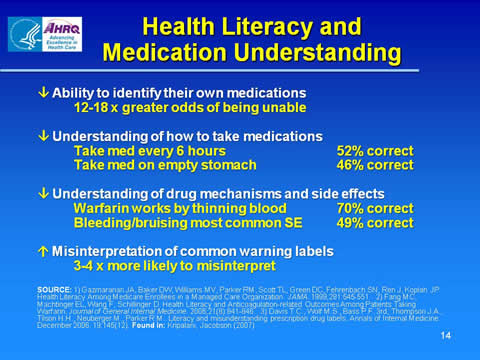Exchanging Patient Data

 Prompted by the IOM report To err is human as well as other previously published studies that outlined problems with quality of care and medical errors, the National Committee on Vital and Health Statistics (NCVHS) advanced a series of recommendations to the U.S. Department of Health and Human Services (DHHS) to develop an “effective, comprehensive health information infrastructure that links all health decision makers, including the public.”
Prompted by the IOM report To err is human as well as other previously published studies that outlined problems with quality of care and medical errors, the National Committee on Vital and Health Statistics (NCVHS) advanced a series of recommendations to the U.S. Department of Health and Human Services (DHHS) to develop an “effective, comprehensive health information infrastructure that links all health decision makers, including the public.”
The 2001 report, Information for Health: A Strategy for Building the National Health Information Infrastructure, detailed the positive impact of clinical information Health Awareness Poster technology on both quality of care and costs. Acting on these recommendations, the DHHS began to form the National Health Information Infrastructure (NHII).
In 2004, President George W. Bush established, by executive order, the Office of the National Coordinator for Health Information Technology (ONCHIT) to work toward facilitating the use of information 3 Day Diet American Heart Association technology throughout healthcare. The coordinator lead the federal effort to create interoperable health information systems able to seamlessly share individual health information.
A nationwide health data network (NHIN) would link disparate healthcare information systems to allow patients, physicians, hospitals, public health agencies and other authorized users across the nation to share clinical information in real-time under stringent security, privacy and other protections.
Mounting evidence suggests that interoperable health systems will generate considerable quality of care, patient safety, and financially responsible spending gains by reducing the payment for duplicate and lost healthcare information (tests, radiographs, clinical evaluations, etc). The January 2005 issue of Health Affairs consolidated policy options, a preliminary business case, and field-based perspectives on interoperable healthcare systems. The article by Jan Walker and colleagues articulated a $77.8 billion net savings per year attributable to provider, pharmacy, laboratory, hospital, free-standing clinic, radiology center, and payer connectivity. Although the magnitude of the projected savings may be challenged, the contributing authors agree that health information technology has the potential to redefine how healthcare is delivered, managed, and used to inform decision making.






